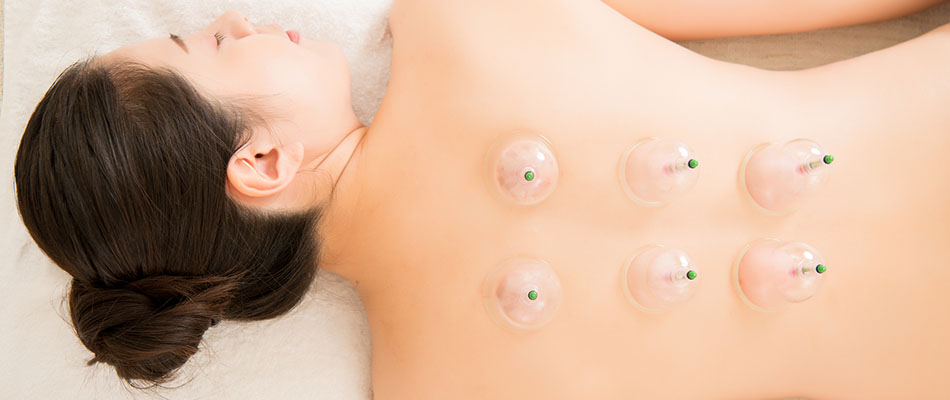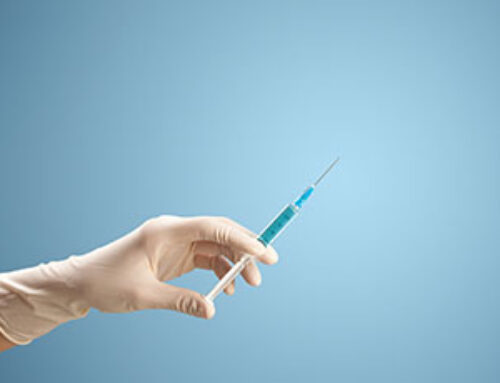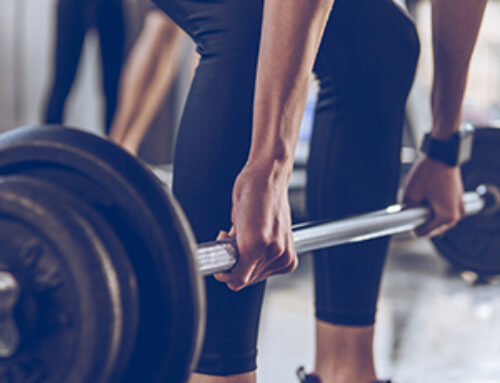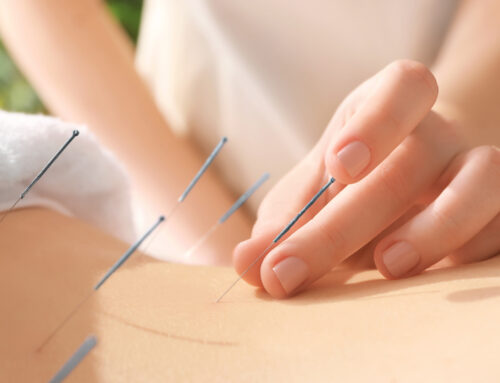
Cupping therapy is a holistic therapy or soft tissue alternative therapy approach that can help to treat body pains, acne, and more. It became popular recently after celebrities like Dwayne “The Rock” Johnson and Kim Kardashian were seen with dark purple bruise-like marks. Most notably, Michael Phelps, who reportedly started receiving cupping therapy in 2014, had cupping markings on his body at the 2016 Olympic Games in Rio. Athletic teams like the Oklahoma City Thunder also use cupping therapy for their players.
What is Cupping Therapy?
Cupping is an old method of healing that dates back 3500 years. A provider will place cups on your body, forming a vacuum, where a suction will pull the skin upward. Cupping mobilizes blood flow to the skin, which creates an immune response and increases the anti-inflammatory chemicals in the body. Cupping can help with pain reduction, muscle tension, and digestion.
How does Cupping work?
Cupping is known as a holistic therapy or alternate medicinal approach. A therapist applies cups that can be made from glass, bamboo, metal, ceramic, or silicone and leaves them for a few minutes on the part of your body that is giving you issues to create a suction. Cupping is a relatively simple and fast therapy, with most cups being left for up to 3 minutes. Cups can be applied to your back, chest, abdomen, face, glutes, and legs.
5 Types of Cupping Therapy
There are two main types of cupping dry and wet, however, there are also subsets of cupping like needle cupping, massage cupping, and water cupping methods. The various methods all have one thing in common; different ways to create the suction needed for the therapy.
Dry Cupping
When performing dry cupping, oxygen is removed from the cup, usually using heat or an air pump, to create the suction before being placed on the skin. The cup can be heated using herbs, alcohol, or paper set on fire, when the flame goes out that is when you place the cup on the skin. Another method of dry cupping uses a rubber pump to create suction.
Wet Cupping
The skin is punctured with a needle or tiny scalpel before cupping, which is known as wet cupping or bleeding cupping. This method is believed to allow the toxins to leave the body through the opening created by the needle or scalpel. This is controlled bleeding; you will be given ointment and band-aids afterward to avoid infection.
Needle Cupping
Another type of therapy is needle cupping, which combines acupuncture with cupping. Your therapist will insert acupuncture needles before placing cups over the needles. This method can help with pain reduction and help improve your range of motion.
Massage Cupping
This method is usually coupled with dry cupping and silicone cups. The silicone cups allow the therapist to move the cups around after creating the suction, providing more of a massage. Massage cupping can help reduce your anxiety, help with muscle tightness, and increase your circulation.
Water Cupping
Not to be confused with wet cupping, water cupping involves filling the cups with warm water before inverting them onto the skin to create suction. This method could be helpful for people with asthma, dry coughing, swelling, or pain.
What Should I expect after cupping therapy?
Cupping is a unique type of therapy, and you may be nervous to leave with what looks like bruises all over your body. The circular marks left after your cupping therapy session are not bruises, and they do not hurt, if you do experience pain, you should consult your therapist or physician. These marks are caused by your capillaries bursting, and they should heal on their own in 7 to 10 days.
Benefits of Cupping
Muscle aches, joint pains, hives or acne, migraines, high blood pressure, fibromyalgia, and digestive issues can all be treated with cupping. Wet cupping may help to remove heavy metals from the blood.
Risks or side effects of Cupping
Although cupping is mostly painless and usually safe, you can experience minor pain, burns, bruising, or skin infections. If the cups are not thoroughly sanitized, you could also get blood-borne diseases like hepatitis B and C.
Should I get cupping?
You should avoid getting cupping if you have epilepsy, hemophilia, eczema, psoriasis, history of stroke. You should also consider your skin fragility and avoid cupping your abdomen and lower back areas if you are pregnant. It is recommended to avoid cupping if you are taking medication that includes blood thinners.
There are many benefits of cupping therapy, and we always advise consulting with your primary care physician to ensure there are no concerns. If you are interested in learning more about cupping therapy or other alternative health care treatments, we are here to help.



